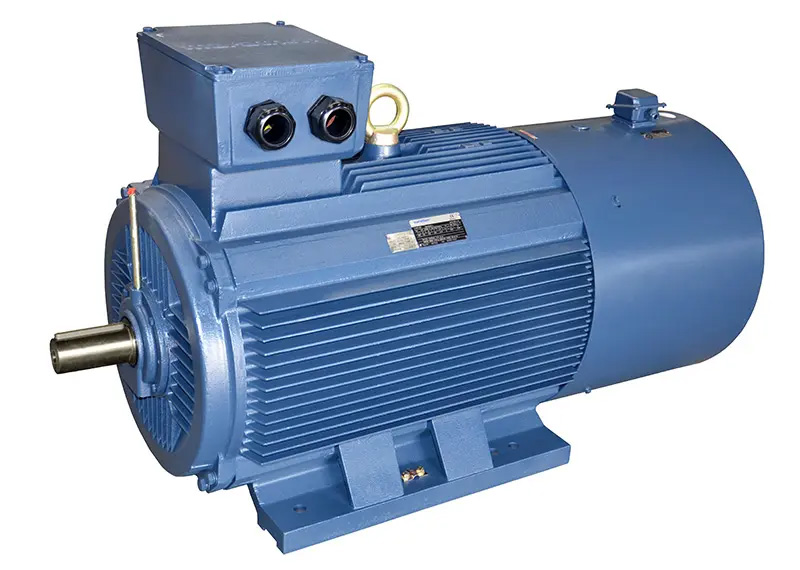Application Of Frequency Conversion Motor
Frequency conversion motor is referred to as frequency conversion motor, which is a general term for motors driven by frequency converters. In fact, the motor designed for the frequency converter is a special frequency conversion motor. The motor can achieve different speeds and torques under the drive of the frequency converter to adapt to the change in load demand. The variable frequency motor is developed from the traditional squirrel cage motor, which changes the traditional motor fan into an independent fan, and improves the insulation performance of the motor winding. In less demanding occasions such as low power and frequency working at rated operating frequency, ordinary squirrel cage motors can be used instead.
Frequency conversion motor
Compared with ordinary motors that cannot be adjusted in speed, the main advantage of variable-frequency speed-regulated motors is that they can realize infinitely wide speed regulation, and secondly, they consume less power under light load and low speed; but there are also many places where they are inferior to ordinary motors, such as power frequency The left and right losses and temperature rise are significantly higher than those of ordinary motors, and the noise and vibration are relatively poor. In addition, the high price, the difficulty of application and maintenance of the frequency conversion device are obvious weaknesses. So don’t blindly use frequency converters and frequency conversion motors.

1. Where it is necessary to use a variable frequency speed regulating motor
1) Infinitely wide speed regulation is required, especially in applications where the high speed is above 100% of the power frequency and the low speed is below 20% of the power frequency speed.
2) The load is often in a light load state, and the rotation speed is allowed to decrease at light load, such as water pump, escalator, air-conditioning air supply system, etc., at this time, there is a certain energy saving effect.
3) Where stepless speed regulation is required, and soft start and (or) soft brake are required.
4) Where stepless speed regulation is required and the space occupied by the motor needs to be reduced.
2. The occasions where the variable frequency speed regulating motor is not applicable
1) The original intention is to achieve soft start and power saving, but the speed regulation range, but the speed regulation range is only within ±5% of the rated speed of the motor, which is not necessary for the load system.
The frequency converter for speed regulation controls the speed within ±5% of the rated speed of the motor. Compared with the direct use of ordinary motors, it is impossible to save electricity (within ±3%, it will cost more electricity), and it will also bring A series of undesired problems such as increased noise (especially high-frequency electromagnetic noise) and temperature rise.
2) Among other electrical equipment connected to the power supply circuit of the motor, there are equipment that cannot work normally when the power supply with large electromagnetic interference and harmonic components is supplied, such as some precision instruments and controllers.
Finally, Bulletproof motor reminds the majority of users that whether to buy a variable frequency motor or an ordinary motor requires a reasonable choice according to the working conditions of the motor. If you need help, you can consult our online customer service.












